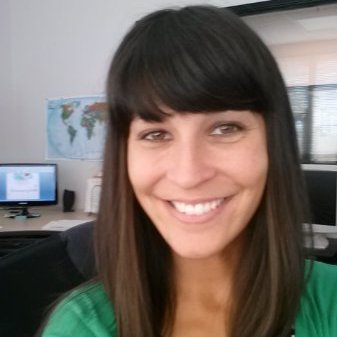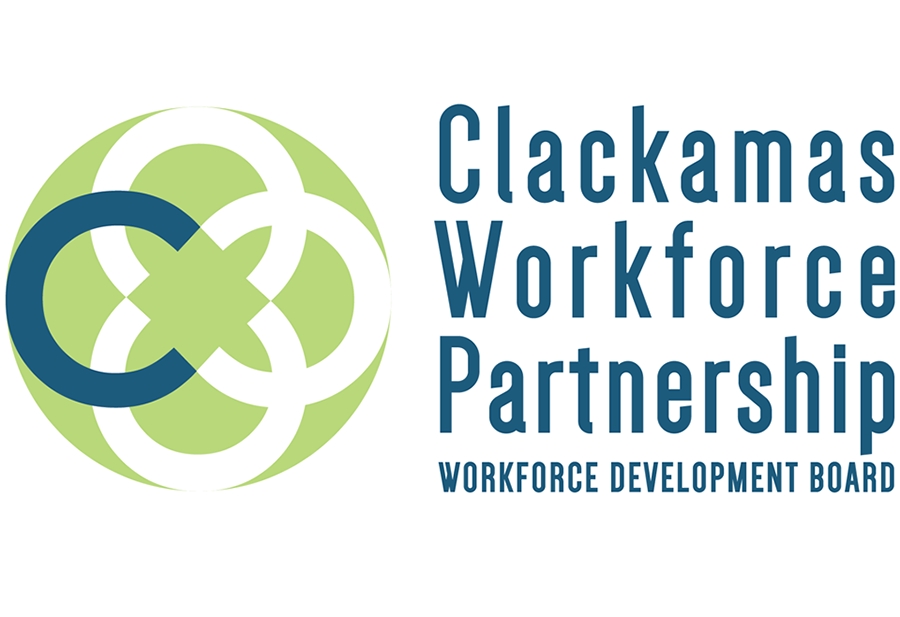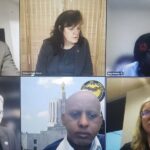Earlier this year, the Clackamas Workforce Partnership was awarded $50,000 from the Kaiser Community Fund to develop an equity council.
I spoke with Bridget Dazey, executive director of CWP, about the difference between equality and equity and the rationale behind the equity council. Interview excerpts have been edited for clarity.
OB: How will an equity lens reshape your programming?
Dazey: We want to be able to address inequities head on, make sure we have a more level playing field and that we are diversifying our industries because we are becoming a more diverse community.
The goal of this project is to increase the role of the participant in our program. Participants are critical to make sure we’re not creating unintended barriers.
Conversations [about barriers and equity] are really hard to have, turning a mirror not just to the work we do but ourselves in general. It can make people uncomfortable and it challenges us in a new way.
OB: What is the difference between equality and equity?
Dazey: Equal means if I have a need for a cane, if I walk into a building and I’m going to need that cane to walk around and better steady myself, then the next person walks in also gets a cane. But that individual is in a wheelchair. They don’t need this cane.
Equity means we respond to what the individual needs. In a perfect world we see that we’re all different, and we not only accept those differences but we relish in those differences because that’s what makes our community healthy.
If everything is equal then everyone gets the same thing, and not everyone needs the same thing.
In our program, we have people who come in that don’t need job training, so they might need support with resume building or interviewing.
OB: What is the role of the equity council?
Dazey: One of the reasons we are incorporating an equity council and equity lens is because our demographics are changing, and those who have been disenfranchised aren’t using our system.
For example, in Clackamas County the black student rate is lower than Multnomah County, but with housing rates increasing we are going to see more individuals. We’re planning for that future.
One in 5 receive food stamps [in Clackamas County]. If they’re needing those services, then we want to ensure not only that they have access, but they are moving away from those services as quickly as possible.
We also have opportunity youth, those not engaged in work or school. Between ages 16-24 we have over 6,000. When I look at that side of the coin and talk to business customers who are having challenges with finding skilled labor, it’s just a perfect storm. We have people with the skills businesses need.
In 5 years we will be looking at those numbers that are living in poverty and see what impact the wok force system has made.
OB: When will the council get going?
Dazey: In April. Then we’ll meet monthly and receive work training [from EqualityWorks Northwest], learning what is equity, impact bias, things like that. Then we’ll develop our equity lens and how does it make sense in the workforce system.
Our grant ends in October, so by the end of that funding period we’ll have the council up and running and meet at least quarterly to not only review policies and apply for grants but also be that feedback mechanism: Is our system improving. Does it continue to ask those questions to keep getting better?
OB: Are any of the other workforce development agencies adopting an equity approach?
Dazey: At this point it’s just Clackamas County. We did a fair amount of research looking into workforce departments across the state. We did a lot of looking in other states to see what kind of work has been done around equity. We couldn’t find a lot of information. We couldn’t find an equity lens either.
We believe this will not only benefit Clackamas County, but we intend to share information with other parts of the state.




